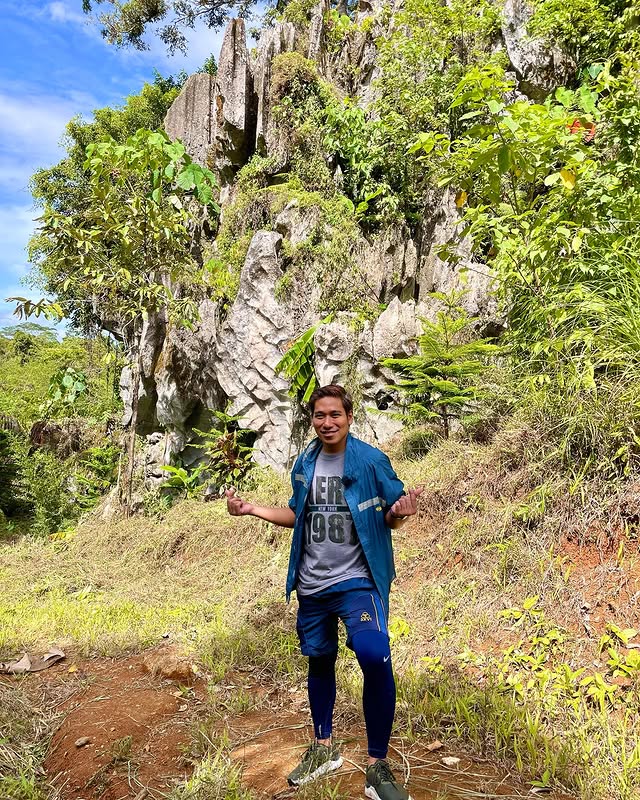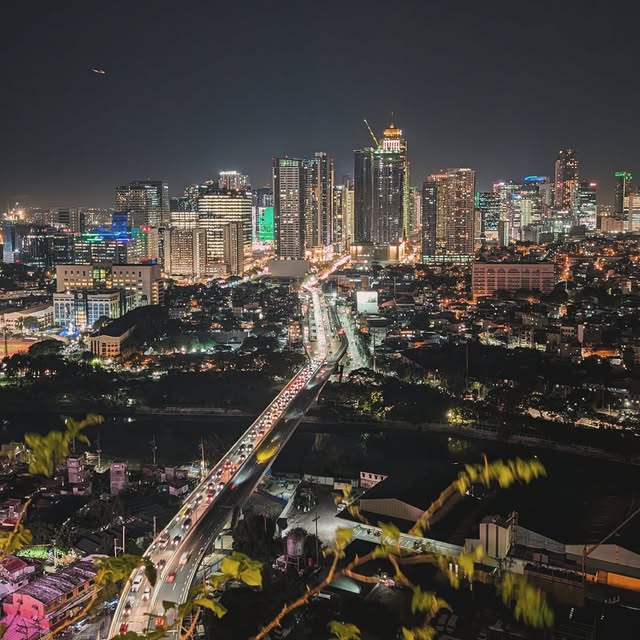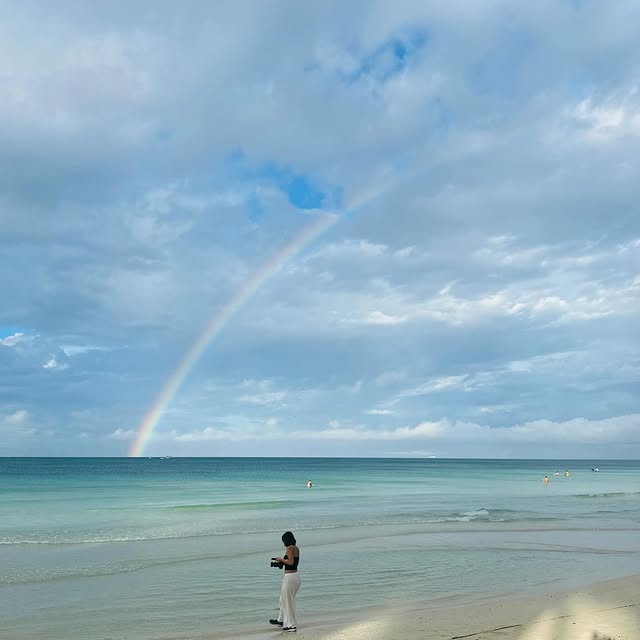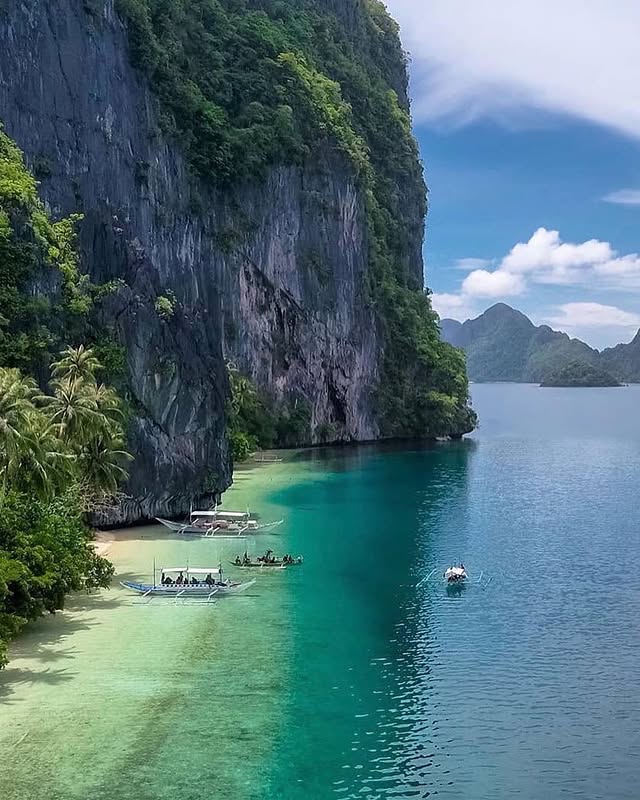The Philippines has over 7,000 islands and is known for its beautiful landscapes, rich culture, and friendly people. When tourists look for new adventures, safety is an important concern. The country has stunning beaches and many types of ecosystems, so it’s crucial for tourists to understand safety in these areas.
Every place has its good and bad sides, including when you travel. This is especially true for the Philippines. Each destination has its own charm and its own challenges.
With its postcard-perfect beaches, lively cities, friendly locals, and affordable travel costs, it’s no wonder millions visit every year.
But just like anywhere else in the world, staying safe requires a little awareness and preparation.
Is the Philippines a High-Risk Country?
Let’s be honest- no trip is 100% risk-free. While the Philippines is generally safe for tourists, there have been incidents that remind us why it’s important to stay alert:
- Petty Theft & Pickpocketing: Crowded areas in Manila or Cebu can attract pickpockets, just like any big city.
- Taxi & Immigration Scams: Some visitors report being overcharged by unregistered taxis or facing fake “fees” at airports.
- Transport Accidents: Ferries are a common mode of transportation between islands, but safety standards can vary. So, always choose reputable operators.
- Natural Hazards: Typhoons, earthquakes, and volcanic activity can disrupt travel plans if you visit during the rainy season.
The good news? These issues are rare, and most travellers explore the Philippines without any trouble at all. A little planning and common sense can go a long way in keeping your trip worry-free.
Travel Advisories for the Philippines
Before you pack your bags, check the official travel advisories. Most countries say that the Philippines is generally safe for tourists, but they recommend being cautious in certain areas.
Here’s a quick summary from major advisories (as of the latest updates, 2025)
- United States (US State Department): The U.S. advises that you be cautious due to crime, terrorism, and civil unrest. Do not travel to certain areas of Mindanao and the Sulu Archipelago.
- United Kingdom (FCDO): UK advises against all travel to Western and Central Mindanao, the Sulu archipelago, and against all but essential travel to Eastern Mindanao.
- Australia (SmartTraveller): It advises a “high degree of caution” nationwide and “do not travel” to central/western Mindanao and Sulu.
- Canada: This country advises avoiding non-essential travel to Mindanao (except Davao City) and avoiding all travel to the Sulu Archipelago.
Tip: Travel advisories are updated regularly- always check the government’s official site before booking flights.
Do-Not-Travel Areas in the Philippines
Here’s a simplified list of areas most advisories flag as unsafe
- Sulu Archipelago: Due to kidnapping threats and terrorism.
- Western & Central Mindanao: Due to armed conflict and lawlessness in some regions.
- Marawi City: Site of a 2017 siege, still undergoing rehabilitation.
If you’re exploring Mindanao, stick to Davao City or Cagayan de Oro, which are generally considered safe and well-policed.
Philippines Safety Myths vs Reality
When planning a trip, you’ll probably hear all sorts of warnings about the Philippines. But not all of them are true- and some might stop you from experiencing amazing places for no reason. Let’s bust a few common myths:
Myth 1: The Entire Mindanao is Unsafe
Reality: While some areas of Mindanao (like the Sulu Archipelago and western regions) are marked “do not travel,” not all of Mindanao is off-limits.

Davao City, for example, is one of the safest and most progressive cities in the country, known for its strict security measures and well-organised public spaces.
Cagayan de Oro is also a popular spot for adventure tourism.
Myth 2: It’s Too Dangerous for Solo Travellers
Reality: Thousands of solo travellers, including women, visit the best places in the Philippines every year.
The key is sticking to tourist-friendly areas like Palawan, Siargao, Cebu, and Boracay, and using common-sense safety habits (avoid isolated places at night, use Grab for rides, let someone know your plans).

In fact, many solo backpackers claim they feel safer here than in other Southeast Asian countries due to the friendliness and helpfulness of the locals.
Myth 3: Street Food Will Make You Sick
Reality: Filipino street food is delicious, like grilled skewers, halo-halo, and banana cue.
The trick is to choose busy stalls (a sign that the food is fresh and safe), watch it being cooked in front of you, and avoid raw seafood unless you’re sure it’s fresh.
Myth 4: There’s Crime Everywhere
Reality: Like anywhere in the world, there are pickpockets and petty thieves, but crime against tourists is relatively rare, especially in resort areas.
Tourist hotspots like Boracay and El Nido have visible police presence and local tourism officers to help visitors.
Myth 5: It’s Unsafe During Rainy Season
Reality: Typhoon season (June- October) does bring heavy rains, but not every day is a washout.
Many islands still have good weather in between storms. You just need to monitor weather alerts and have flexible plans.
Travelling off-season can also mean lower prices and fewer crowds.
Safe & Unsafe Neighbourhoods in Major Cities
Knowing where to stay can make all the difference in feeling secure during your trip. Here’s a quick guide to neighbourhoods in popular Philippine cities
Manila (Capital City)
Safe & Tourist-Friendly Areas
- Makati: The business and lifestyle hub- full of malls, hotels, and nightlife.
- Bonifacio Global City (BGC): Modern, clean, and walkable. Great for foodies and families.
- Intramuros: Historic walled city, well-patrolled and perfect for daytime sightseeing.

Areas to be Cautious in
- Quiapo & Divisoria: Great for bargain shopping, but can get crowded- watch out for pickpockets.
- Malate at Night: Popular nightlife spot, but some streets get sketchy after dark.
Cebu City
Safe & Tourist-Friendly Areas
- IT Park: Popular with digital nomads, safe and lively with cafés and restaurants.
- Ayala Centre Area: Modern malls, hotels, and well-lit streets.

Areas to be Cautious in
- Colon Street: Known for cheap shopping and local markets, but it’s best to visit during the day and stay alert.
Boracay
Safe & Tourist-Friendly Areas
- White Beach (Stations 1, 2, 3): The main tourist zone, with plenty of hotels, police visibility, and security.
- D’Mall Area: Central shopping and dining hub, very safe and walkable.

Areas to be Cautious in
- Off-Beach Alleys at Night: Not dangerous, but can be poorly lit; take a flashlight or walk with others.
Palawan (El Nido & Coron)
Safe & Tourist-Friendly Areas
- Town centres and beachfront resorts are very safe, with helpful tourism staff everywhere.

Areas to Be Cautious in
- Remote beaches after dark- stick with your group or avoid wandering alone.
Tip: Book accommodation with good reviews and 24/7 security. Most major hotels and hostels in these neighbourhoods have CCTV and guards at the entrance, which adds peace of mind.
Smart Safety Tips for Travelling in the Philippines
Once you know which areas to avoid, you can focus on having a great trip. Here’s how to stay safe and make the most of your time in the Philippines
Transport & Getting Around
- Use Reputable Ride Apps: Grab (the local Uber) is the safest option in big cities. Avoid hailing random taxis from the street.
- Choose Trusted Ferries & Airlines: Book ferries through reliable operators and avoid overcrowded boats. Budget airlines are generally safe, but always double-check flight schedules.
- Keep an Eye on Your Bag: Especially in bus terminals, jeepneys, and public places.
Protect Your Belongings
- Leave Valuables at the Hotel: Carry just enough cash for the day and keep cards/cash in a money belt or anti-theft bag.
- Avoid Flashy Displays: Don’t show off expensive gadgets or jewellery in busy streets.
Health & Wellness
- Drink Bottled or Filtered Water: Tap water isn’t always safe to drink.
- Eat Smart: Street food is delicious, but choose stalls with good hygiene and a steady stream of customers.
- Carry a Small First Aid Kit: Include motion-sickness tablets if you’re island-hopping.
Solo & Female Travellers
- Stick to Well-Lit Areas at Night: If possible, travel with a buddy after dark.
- Join Group Tours: For island hopping or hiking- it’s safer and more fun.
- Trust Your Instincts: Politely say “no” if someone seems pushy or suspicious.
Weather & Natural Hazards
- Check Weather Forecasts: Avoid travelling during heavy typhoon warnings (June-October) and choose to visit during the best time to visit the Philippines.
- Follow Local Instructions: Evacuate if authorities issue alerts for volcanoes, earthquakes, or floods.
Travel Essentials
- Get Travel Insurance: Cover medical emergencies, flight cancellations, and lost luggage.
- Keep Copies of Your Documents: Store digital copies of your passport, visa, and insurance on your phone and cloud.
- Know Emergency Numbers
Police: 117
Fire: 160
Ambulance: 16911
Quick Philippines Travel Safety Checklist
|
Conclusion
If you are still wondering, is it safe to visit the Philippines? The truth is simple- yes, the Philippines is safe to visit as long as you stay alert and follow basic precautions.
Like any destination, there are areas to avoid and risks to be aware of, but millions of tourists travel here every year and leave with unforgettable memories of white-sand beaches, warm locals, and vibrant island life.
Think of it this way- safety is not about avoiding adventure, it’s about travelling smart. With the right preparation, you can enjoy island-hopping in Palawan, surfing in Siargao, or partying on Boracay’s White Beach without worry.
So pack your bags, check those travel advisories, and get ready to experience one of Southeast Asia’s most breathtaking destinations- safely and confidently.
Plan Your Philippines Adventure Next
Frequently Asked Questions About Safety in the Philippines
Is it safe to travel to the Philippines right now?
Yes. Most parts of the Philippines are safe for tourists. Just follow basic precautions like avoiding isolated areas at night, using trusted transportation (like Grab), and staying updated on travel advisories.
Which areas of the Philippines should I avoid?
Avoid the Sulu Archipelago, Western & Central Mindanao, and Marawi City due to security concerns. Most tourist destinations like Palawan, Boracay, Cebu, and Bohol are safe and well-patrolled.
Is the Philippines safe for solo female travellers?
Yes, with basic precautions. Stick to tourist-friendly areas, avoid walking alone late at night, join group tours for activities, and use ride-hailing apps for transport. Many solo female travellers report positive, safe experiences.
Is it safe to eat street food in the Philippines?
Yes, but choose stalls with good hygiene and plenty of customers (a sign the food is fresh). Watch it being cooked in front of you, and avoid raw seafood unless you know it’s from a trusted source.
Do I need travel insurance for the Philippines?
It’s highly recommended. Travel insurance can cover medical emergencies, trip cancellations, lost luggage, and unexpected delays, giving you peace of mind during your trip.
Are taxis safe in Manila and Cebu?
Some are, but it’s safer to use Grab (a ride-hailing app) to avoid scams and overcharging. If you must take a taxi, choose one from an official airport or hotel stand and insist on using the meter.